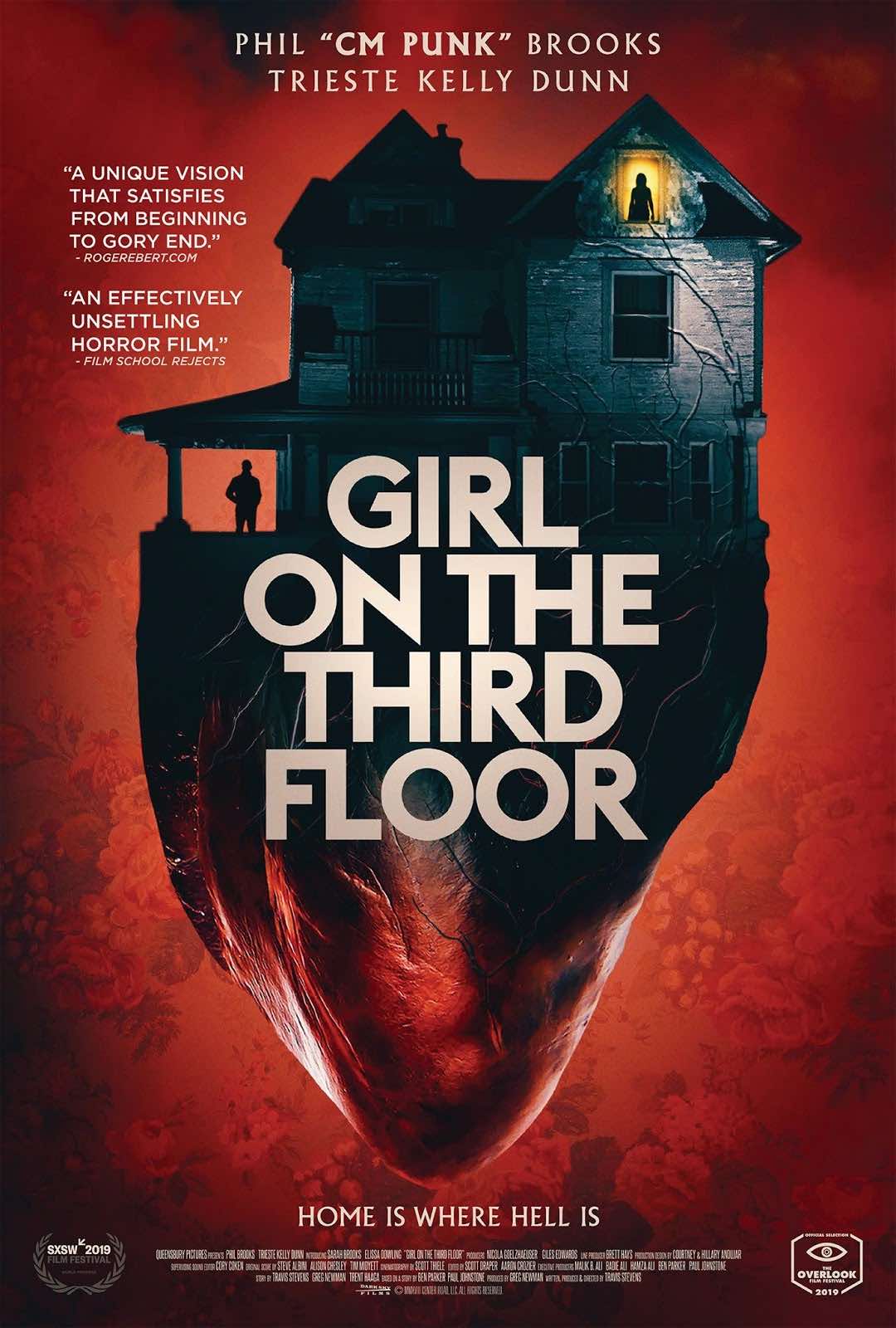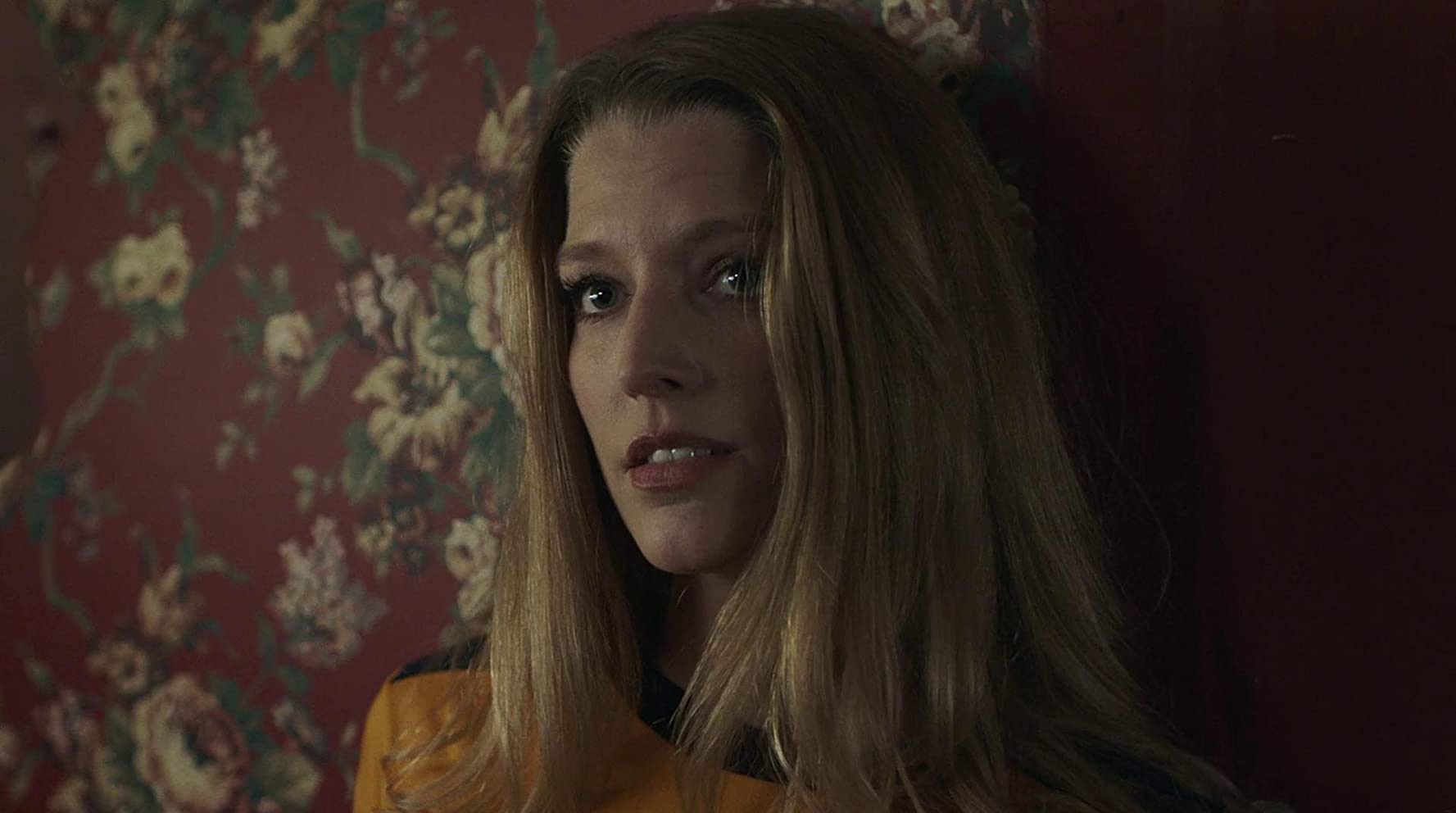Review/Explainer: ‘Girl on the Third Floor’
Looking to understand more about the popular horror film “Girl on the Third Floor”? This article takes you through it all— plot, cast, symbology, and more.

Review
Imagine an HGTV home-renovation episode, but instead of it featuring some cute couple from the suburbs, it features an ex-lawyer running from fraud charges renovating an old brothel in the country into a home while his pregnant wife is still in the city.
Now imagine that our ex-lawyer thought he was going do all the work himself and doesn’t even have basic construction know-how. To add insult to injury, let’s also say the house is haunted and has weird bodily fluids and juices oozing from its crevices. What if, just for good measure, there was also ghost sex? That’s the ridiculous plot of Girl on the Third Floor, directed by Travis Stevens. The film was written by the director and his writing partners Paul Johnstone and Ben Parker. It was released by Dark Sky Films.

You know what, though? The movie actually works, particularly if you’re looking for a film to watch when you’re bored out of your mind, can’t sleep, or are just too hung over to think about anything and just want some amusement. Girl on the Third Floor works because despite the sheer silliness of the whole thing, it feels compelling for a variety of reasons, chief among them because of leading man Phil Brooks, who plays Don Koch, our ex-lawyer turned DIY renovator of haunted brothels, with such convincing authenticity. You get lost in Phil Brooks’s acting performance so much that you forget how absurd and confusing the plot is and just go along for the ride.

You also find yourself riveted because director Travis Stevens somehow lulls you with smooth cinematography and narrative confidence that this story, however disorienting, will go somewhere unexpected. Where are these bodily fluids in the walls coming from? Why does this sexy ghost want to seduce our protagonist Don Koch? What terrible things did Mr. Koch do in his previous life that has him exiled from his life as a lawyer? What is the deeper extended metaphor going on in this film? Is he going be able to renovate this house and turn it into something that would make Chip and Joanna Gaines proud?
For all these reasons and more, Girl on the Third Floor is worth a watch. It might even be the best movie in the haunted-brothel sub-genre; granted, we’re not even sure if that was a genre before this movie. Keep in mind that it’s more of an entertaining movie with a few jump scares and a great deal of gore than a horror movie. It’s a great chill-out-and-be-amused movie.
Trailer
The trailer for Girl on the Third Floor is representative of the movie. It hits all the major tones of the film: the sordid history of the house, sex appeal, home renovation, marital tensions, and weird gore all over. One thing though you’re left wondering from the trailer — and actually throughout the movie — is why is it called the girl on the third floor? It’s really not the best title for the movie because in the trailer and the film itself it’s hard to decipher how many floors it has, and does the basement and attic count as floors? Suffice it to say the ghost lives in the attic, which let us just assume is the third floor.
Explained
Girl On The Third Floor is a story of redemption and revenge. Let’s explain it and please note there are spoilers ahead, so stop reading if you haven’t seen the film.
On a deeper level, the Girl On The Third Floor is a film about the consequences of failing to pass moral tests. We know our protagonist Don Koch has had a sordid past.
- He did something illegal, or close to illegal, as a lawyer and it’s suggested he was disbarred.
- He cheated on his wife at least once, but it’s implied much more than once.
- He has a drinking problem.
- Whatever he did in Chicago was so bad, he and his wife had to flee to the suburbs or some rural area outside of the city.
The symbolism is straightforward enough. We meet Don Koh as he moves into his new home. Like Don’s soul, the house is in disrepair. It’s full of cracks, leaks, and severe damage that must be fixed. The viewer is set up to wonder: Will Don be able to fix this house and in the process himself? Or will the mistakes of the past and the disrepair of the house consume him?
To be sure at the start of the film, the filmmaker does his best to help you sympathize with Don and his plight, even if you know Don is done from the start. Clearly, there is an unmentioned but heavy sense that Don did something terrible, but the film’s atmosphere at the start is one where the viewer feels the need to give him a second chance and hopes that his new home will help create a new Don as well.
Whatever sympathy we have for Don dries up quickly. Don cheats on his pregnant wife with a random young girl who shows up at his house. He then convinces himself that it was okay because he’s been working so hard on renovating the home. Working so hard? He hasn’t fixed anything, and while he was supposed to not be drinking, he’s been drinking and committing acts of infidelity.
The extended metaphor is hard to miss, and as many other commentators have pointed out, it involves the repeated failure of toxic masculinity. Don’s psychological configuration is all wrong. He has one job and his inner demons keep getting in the way and nothing happens, except he bangs a ghost, drinks too much, and inadvertently kills his best friend. Don fails to fix himself or the house, and here is where the film’s #MeToo revenge undercurrent comes into play.

While Don is internally haunted, he’s also literally haunted by the spirits living in the house. As his behavior grows worse, so does the horror the house inflicts on him. Vengeful spirits — namely, Sarah Yates (played by actress Sarah Brooks) from the old days of the home when it was a brothel — are teaching him a lesson.
What do these spirits want? They want revenge or accountability toward Don and supposedly whatever wrongs were done to them in their former lives in the house by other men. “Actions have consequences,” Sarah’s ghost tells Don, and what is implied throughout is that Don was tested many times in the house and because he failed so much, he’s punished with death. The movie’s tagline “home is where hell is” could be rewritten “Don’s decisions lead to hell.”
Don is basically murdered by a marble. Why a marble? I assume the marbles were Sarah’s toy when she was alive as a child and likely abused in the brothel. It can be interpreted that either it was her favorite toy, or she was paid in marbles for sex. So it’s only fitting to take this childhood symbol and make it the vehicle for Don’s death and female retribution against toxic male behavior.
Eventually, Don’s wife Liz comes to visit the house and see what the heck Don has been up to. Liz has to go through similar trials and tribulations with the supernatural as Don in the haunted brothel, but she seems to pass all of the tests and vanquishes the ghosts. The curse is lifted. Where the male archetype fails, the female archetype succeeds, and a new era supposedly begins for the house and women.
Except there must be room for a sequel, and at the very end of the film, we see Don haunting the house/old brothel where his ex-wife and newborn child are now living. The cycle of haunting will never end.
